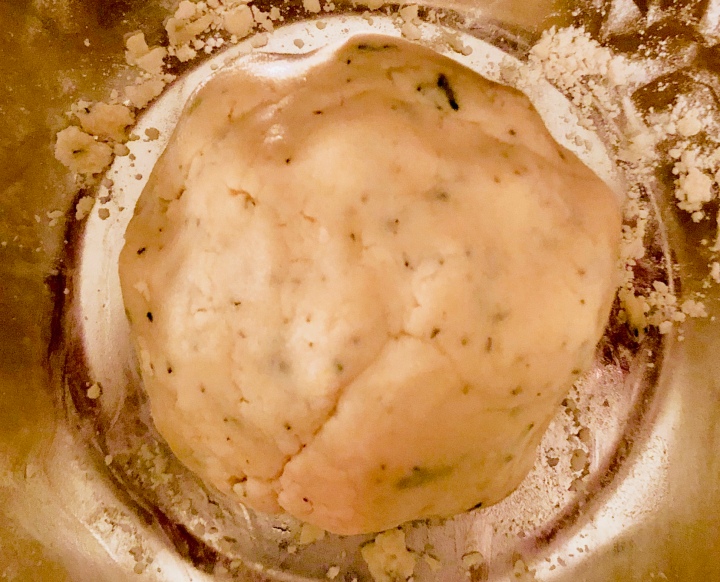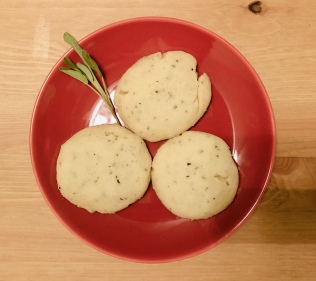BY ANDREW WARNER
fashionfruit. managing editor
Take in the fresh, piney scent of rosemary and listen to this week’s playlist: fashionfruit. week 30
Last week, I talked a little bit about being adaptive in the kitchen – making things work out even when you don’t have all of the proper ingredients and utensils available to you.
Being in an entirely new kitchen, without any of the same amenities I had access to back in Sacramento has forced me to be much more creative with what I cook – I have to figure out solutions to problems that never really occurred for me when I was back home.
For instance, how do you make cookies without ingredients like baking soda? Or how do you use up those last few sprigs of rosemary that you really only bought for one recipe?
Easy answer: you make some rosemary shortbread cookies.
Shortbread cookies and I have an interesting history together. I absolutely love them, but when it comes to the actual process of making them, I’m not the biggest fan. They never cook in the amount of time they’re supposed to, you can’t eat them until they’ve cooled down completely, the dough never comes together the way you think it’s supposed to, etc. But alas, I was craving a dessert the other day and the only ingredients I really had to make said sweet treat were sugar, flour and coconut oil. So I made things work

I’ve experimented with rosemary in shortbreads before – I’m not sure where I got the idea, but I made them once a couple of years ago and have always thought it was an ingenious combination. Rosemary is obviously most commonly associated with savory things like tomato sauce or steak and potatoes – it’s not too often that you have it in sweet foods. A trip to one of my favorite Italian restaurants in Sacramento, ‘Obo, recently reminded me of how delicious the woody little herb can be in sugary fare, as their lemonade is spiked with fresh rosemary.
The combination might sound odd, but I think this herb really lends itself well to these cookies, because the bitter, sort of pine needle-like flavor of rosemary is so commonly paired with buttery dishes like grilled steak or my seared mushrooms. In the shortbreads, the rosemary really serves to underscore that buttery flavor so characteristic of this kind of cookie. Even though I used coconut oil in this recipe, the cookies still had the same richness of butter to them – my taste-testers couldn’t even tell they were vegan!
recipe
rosemary shortbread cookies

1 1/2 cup all-purpose flour
1/3 cup granulated sugar
1/2 cup coconut oil
1/2 tsp salt
2 sprigs rosemary, finely chopped
- Preheat the oven to 350 degrees. Combine the coconut oil, sugar and salt, creaming the ingredients together in a food processor. While shortbreads tend to be made with a cold fat (usually butter, but in this case coconut oil) fresh from the refrigerator, I find that this step is much easier if the coconut oil is at room temperature. If you’re concerned, add it to the fridge for a couple minutes before adding the flour.
- Add the coconut oil mixture to a large mixing bowl and combine with the rosemary, stirring it in with a rubber spatula. Add the flour gradually in rounds to ensure that you don’t add too much flour. I find that because the coconut oil is so runny, this dough feels much less dry than traditional shortbread doughs – again, don’t worry about it too much. You want this dough to come together into a ball naturally. Place the dough in the refrigerator to cool for about 15 minutes.
- Line a baking sheet with parchment paper. Divide the dough into eight golf ball-sized portions and flatten them with your palms. Bake for about 15 minutes. I find that they usually need closer to 25 to 30 minutes, but this will depend on your oven – make sure to check on them after the 15 minutes and add time accordingly.
- Let them cool completely before eating.
Got a question for Andrew? Email him at andrewjw@ucla.edu or tweetg @awarner_db.
